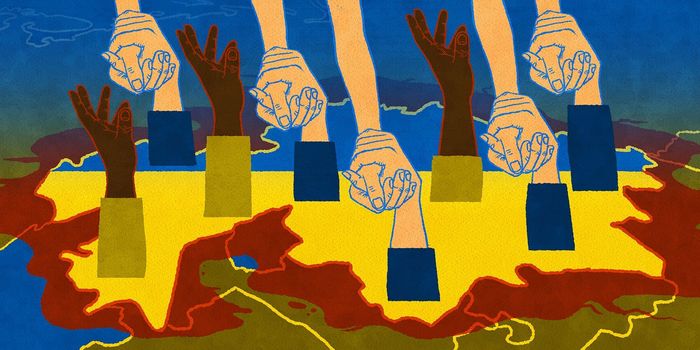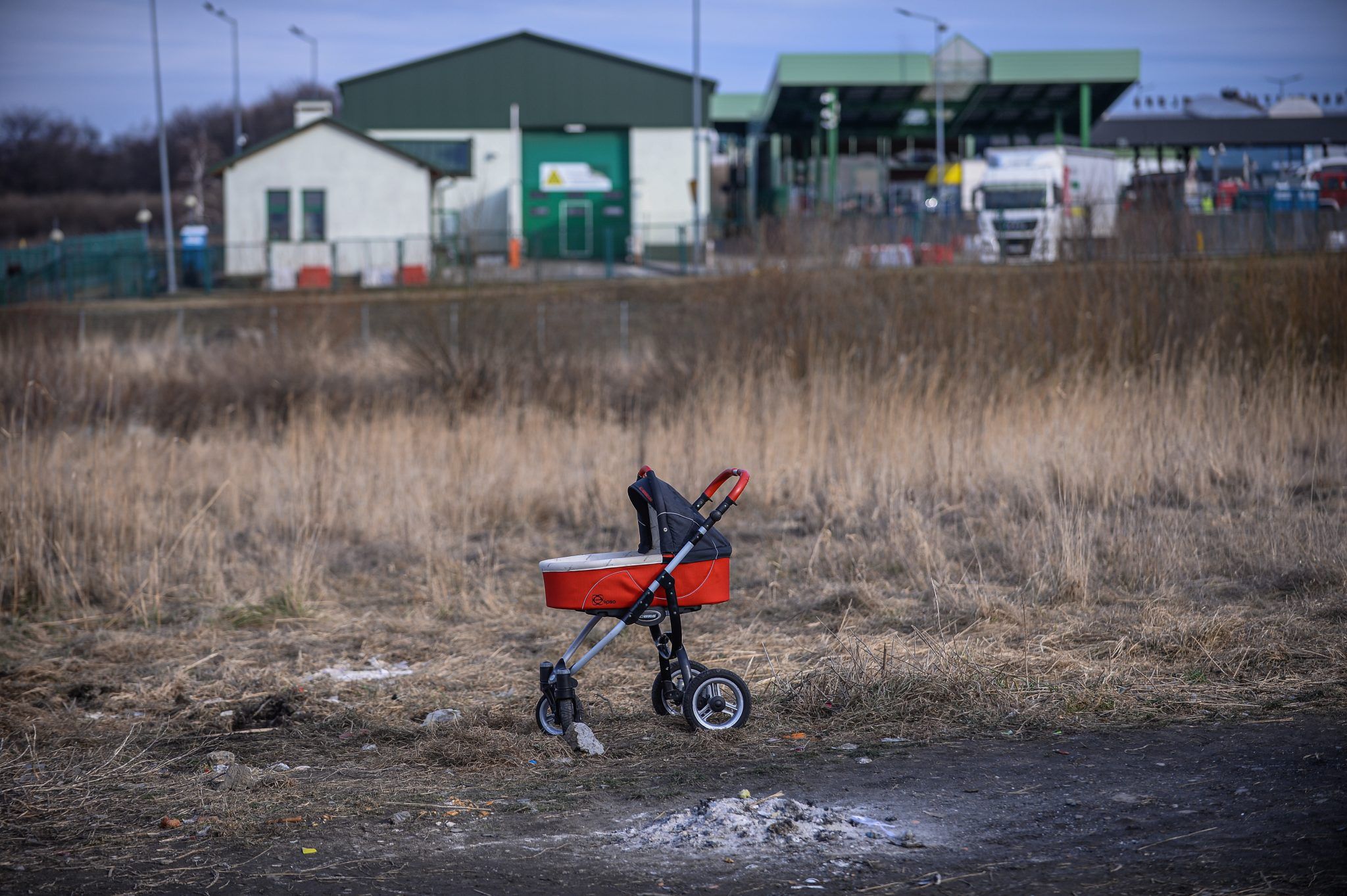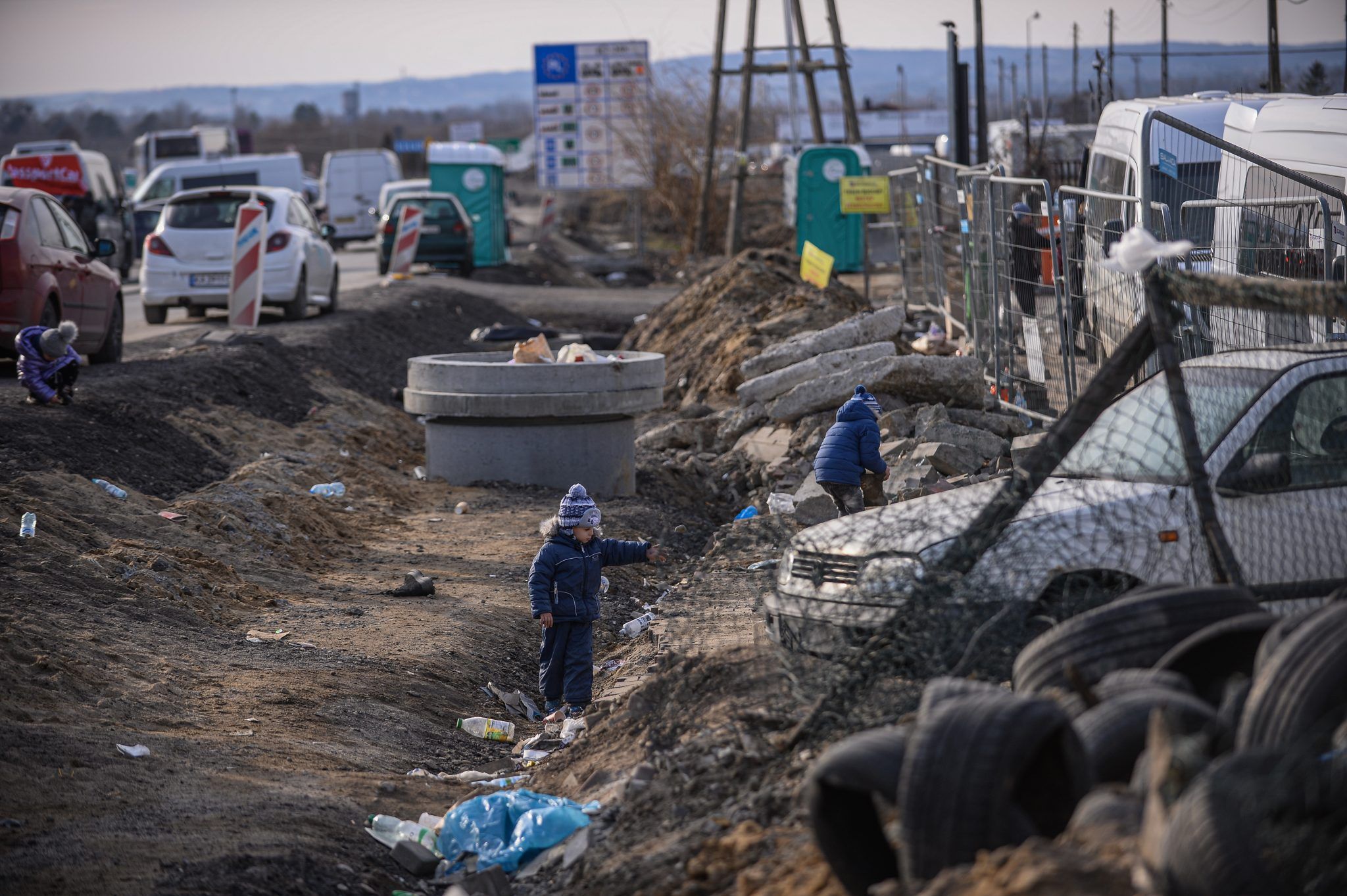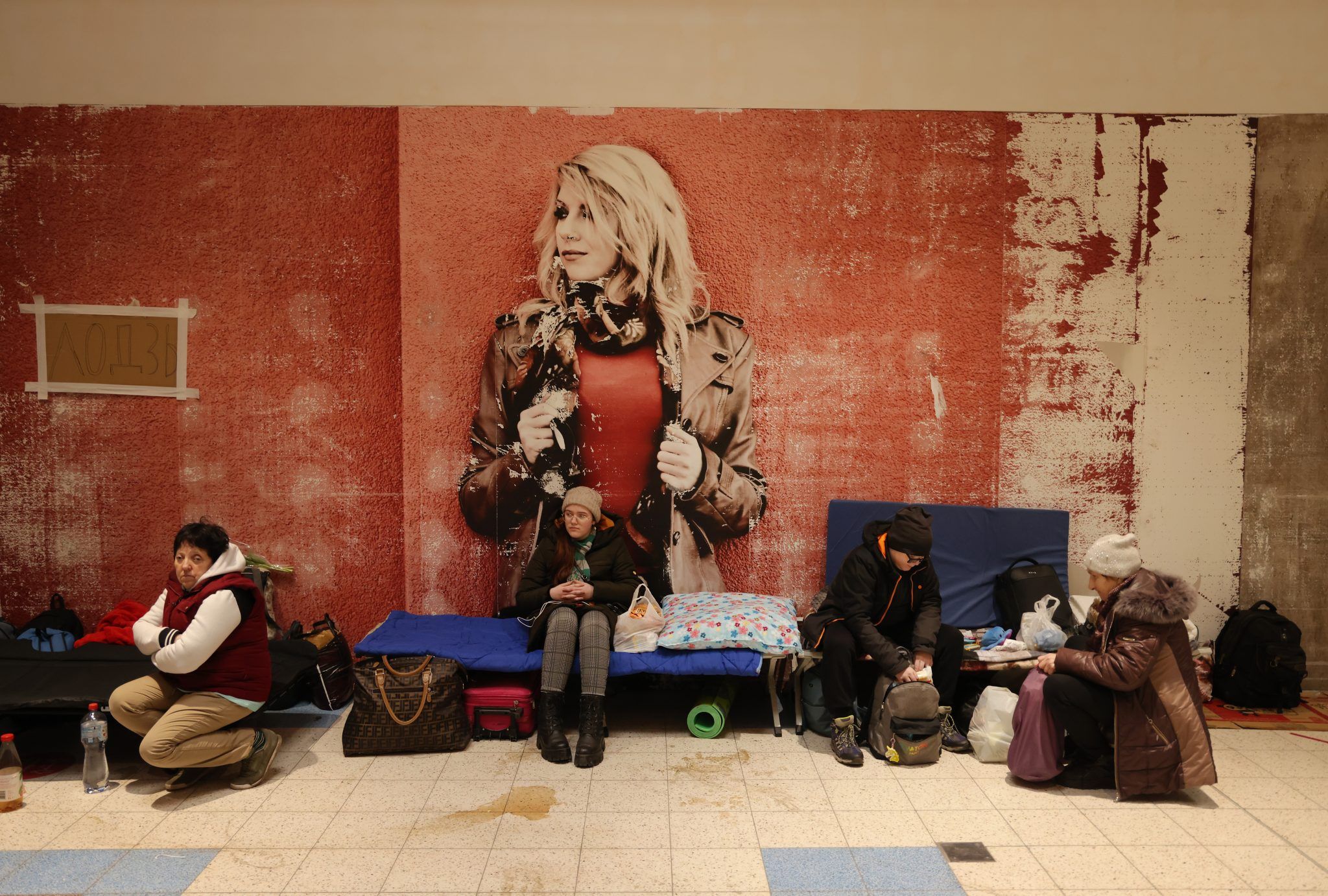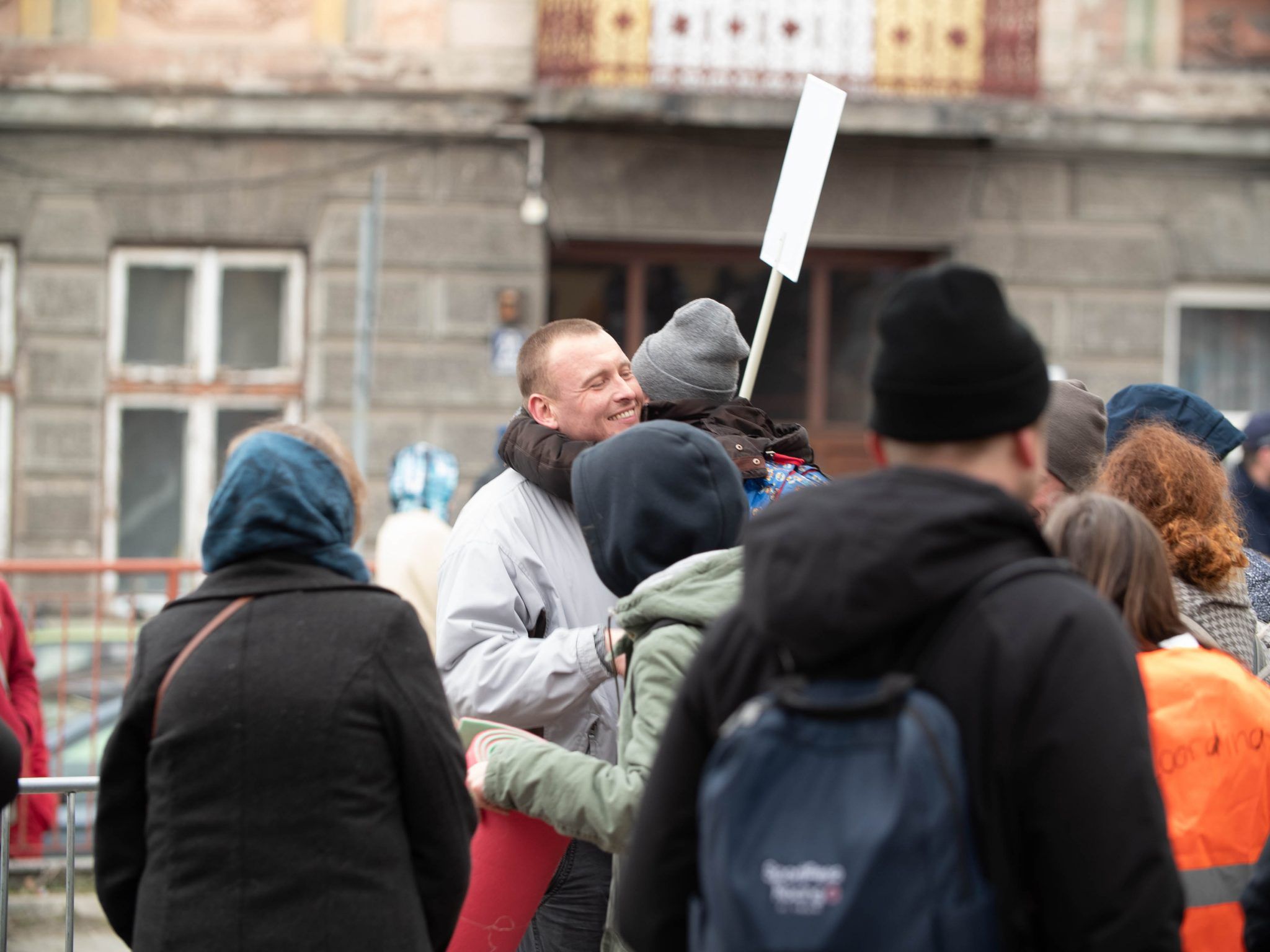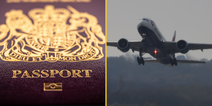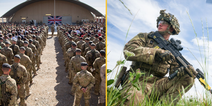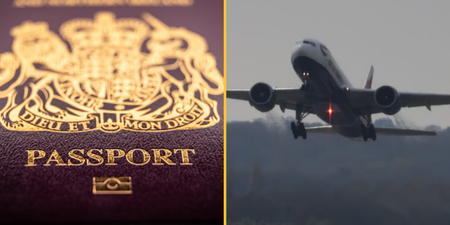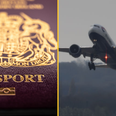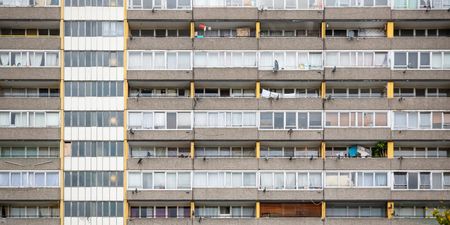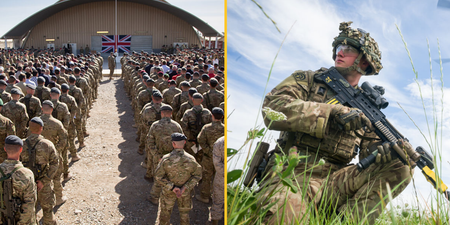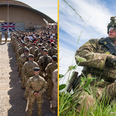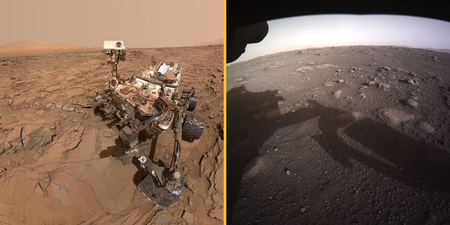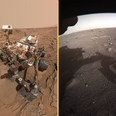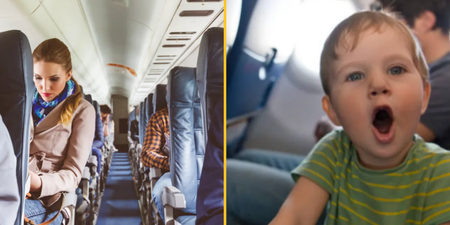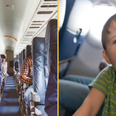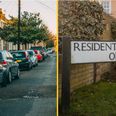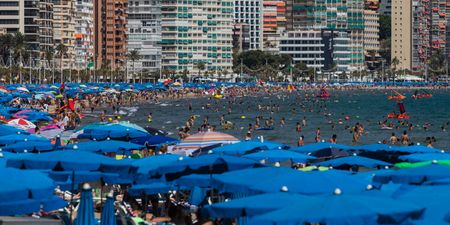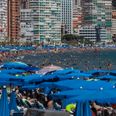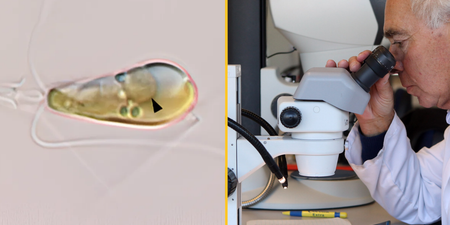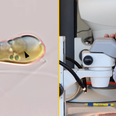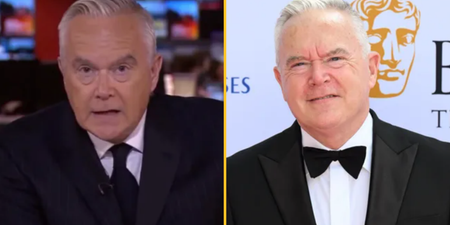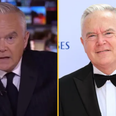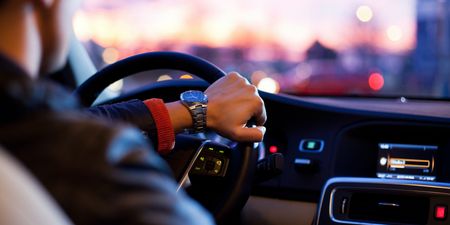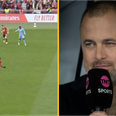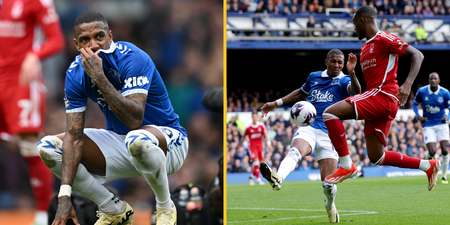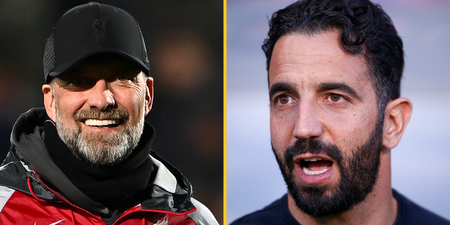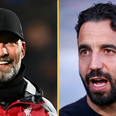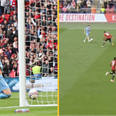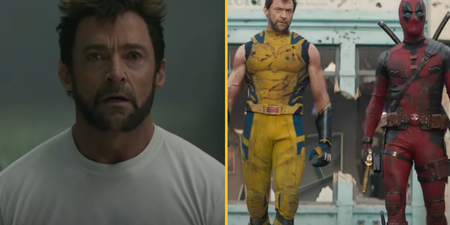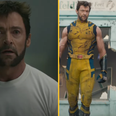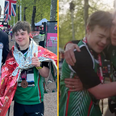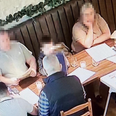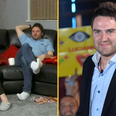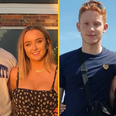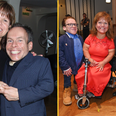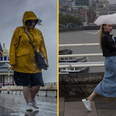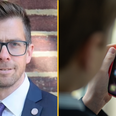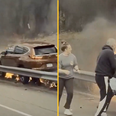Polish state media broadcast live from aid stations, commending the generosity of their compatriots. They don’t show the fresh Nazi graffiti on the high street.
It’s cheaper than usual to fly to Poland this time of year. Travel in the opposite direction is three times more expensive. In the modern economy, escaping conflict is a commodity.
§
Dave Manning* is scrolling through Facebook. Between the babies, birthdays and banter, the former squaddie sees an article: ‘Liz Truss says she absolutely supports Brits going to fight in Ukraine.’
Two days later he’s on a RyanAir flight – the cheaper kind – and he hasn’t bought a return.
Before the seatbelt sign comes on Dave says goodbye to his parents on a smashed-up Samsung tablet. His father shares a picture of his son in military dress uniform. “He wanted to remind me what I am.”
“Why are you going to Ukraine?”
“I’ve got a skillset, I might as well use it.”
“Why fight someone else’s war?”
“You have to stand up for what’s right.”
I shake his hand and wish him luck. He asks me the name of the nearest train station to the border. I write it on a piece of paper, misspelling it twice, Przemyśl.
This historic border town was founded in the 8th century, and is one of the oldest settlements in Poland. Its name is also a Polish verb, “to think over”. Bisected by a river, the water was the border between the Reich and the Red during the Second World War. It is now the busiest crossing for Ukrainian refugees into the European Union.
The Russian invasion has displaced 1 million people in a week. More than 500,000 of them have arrived in Poland, with the Medyka land crossing and nearby Przemyśl train station the most common entry points. Amid the chaos, trains still travel the other way with passengers onboard – heading into war.
§
Approaching the border the sky is drawn with circular contrails, spiralling wider and circling clouds. Flight Radar shows a jamboree of NATO aircraft, Polish and US Airforce, the Dutch, the Belgians, patrolling the sky.
It is a bright, wintery day. Cold in the sun, freezing in the shade. Light so bright the road markings burn lanes onto your retina.
The country is rural, wooded. Birch, beech, conifers. Frozen puddles but the lakes still liquid.
Petrol stations have less fuel the closer you get to the border, until it eventually runs out.
This is the poorest region of Poland, next to Ukraine. Its economy is largely based on agriculture. Inflation is at its highest for two decades. Groceries are cheaper in Paris than Warsaw. The difference is the average Polish salary is 1/5 of the French. The country is blighted by hidden unemployment. The official statistics put the figure at close to 5 per cent, below the EU average of 6.8%. How is that possible after Covid-19?
A pair of Blackhawks fly by. This is NATO’s eastern border.
At Kroscienko border crossing one guard tells us, yesterday “it was like hell.” But they’ve organised buses now.
§
The floor near these crossings is a tip. Fag ends, coffee cups, a kettle, the tyres, endless tyres. Bits of car, whole cars, takeaway boxes, fencing. Children – their earthly possessions reduced to what they can carry. Toys, chocolate bar wrappers. Ravens bigger than rugby balls peck at the detritus.
Teenagers travel alone, their parents enlisted or missing. The journey takes days, a mixture of train travel, stops to avoid airstrikes, and walking. Most people have travelled at least 20km on foot, some many more. Sumi has not slept for 72 hours. There is no white in his eyes, it’s all red. He could sleep or walk, it’s hard to do both, he chose the latter.
“Sri Lanka is my motherland, but Ukraine is my home.” He hopes to return in the next few weeks. They all do.
We are speaking in a former shopping centre, now a refugee shelter, in Przemyśl. The open walkway between retail units is lined with airbeds, blankets and women. No Ukrainian man makes it this far, they are conscripted from the queues on the other side.
Buses from Medyka stop in the car park and their passengers disembark, out and into a swell of compassion. Local Poles hold cardboard signs, lettered with Cyrillic, offering up their homes, or a drive, often across Europe. Oliver Conig, a tall man in his fifties, has come from Frankfurt. “My greatest wish is to host a family of refugees in my home,” he says.
There is free food, clothing, children take their pick of donated toys, not that most need them. Every parent has filled their suitcase with nappies, favourite teddies, comforters, at the expense of their own clothing.
At this point they realise they are safe, the journey is over, they can sleep, they are alone, they don’t speak Polish, they may never see their husband again. They arrive in Poland and finally stop. Stop running, stop hiding, and start thinking. Everyone is lost in a dream.
Asking “Do you speak English” can jolt people out of a trance and trigger numbed emotions. One elderly woman answered with an affirmative nod. A lonely tear rolled down her face. She said nothing.
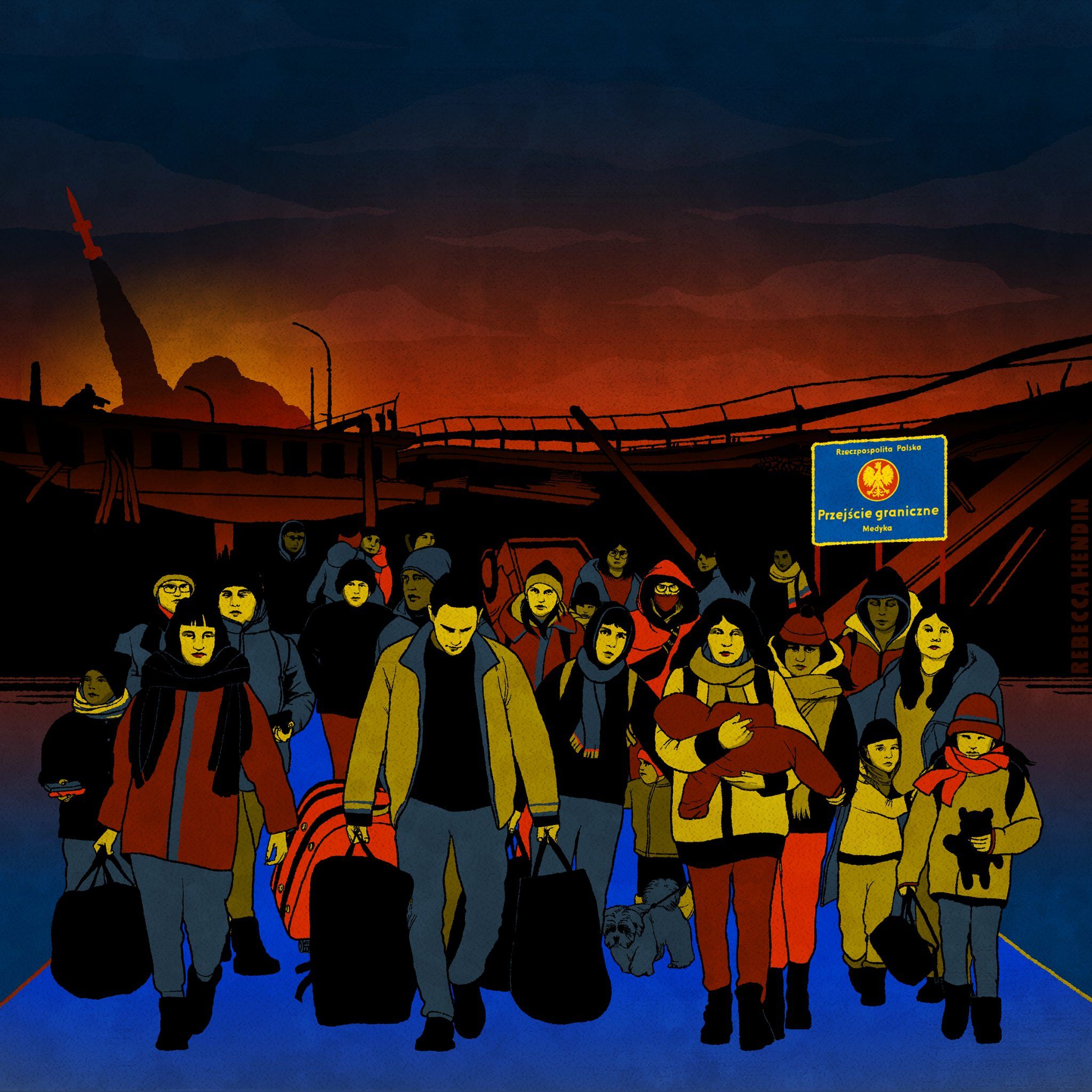 Credit: Rebecca Hendin
Credit: Rebecca Hendin§
Three black men hurry across the road toward the safety of the riot vans, hounded by young hooligans.
Five days after Putin invaded Ukraine and some Poles have already had enough of the immigrants.
About 100 “football fans,” essentially the Polish equivalent of the EDL or Football Lads’ Alliance, gathered on the streets of Przemyśl after a video went viral, purportedly showing a black refugee robbing a shop and attacking a pregnant woman at knifepoint on CCTV.
But it wasn’t true. The local police department put out a statement that evening, alluding to the social media posts, saying there had been no reports of such crimes, or any evidence they’d taken place.
By then the damage was done. The fans, suspected of belonging to the ONR, a far-right group officially categorised as fascist by Poland’s Supreme Court, chased people of colour through the streets, screaming at them while gesturing in a manner that flirted with a Sieg Heil. Riot police quickly shut them down.
A passing car’s stereo blared out Disco Polo, a genre redolent of happy hardcore and bassline, the lyrics an obvious metaphor about “the white eagle” – Poland’s most recognisable national symbol.
A few passersby express approval of the fascists. A modern parable of online conspiracy and its real world consequences.
A hundred metres away from the racism, refugees of colour shelter in Przemyśl train station. Either unaware of the outside events or choosing not to care. Zabi Ulla came from Afghanistan, to Ukraine, to Poland. “I love Poland. I walked 40km to get here. They offered me food, water. I love Polish people.” He is wrapped in a cream furry blanket emblazoned with blue stars, sat on the concourse floor. He says he wants to go back to Ukraine, but for now will stay in Poland and settle in the UK or Germany. He insists on giving me coffee.
Lina, a 30-year-old black woman, tells me she was racially segregated at the border and forced to watch white Ukrainians cross to safety by the bus load while she stood in the freezing cold for two days. She is overwhelmed by the kindness shown to her since she got here.
In Poland, state media is viewed as nationalist propaganda by more liberal Poles. The next morning, its reporters in Przemyśl make no mention of last night’s fracas. They broadcast live from aid stations, commending the generosity of their compatriots. They don’t show the fresh Nazi graffiti on the high street.
§
A local secondary school has been converted into a shelter. A Boy Scout stands near the door, offering assistance, before you come to the gymnasium, which is now full of beds. The pupils volunteer, their parents donate, the teachers organise. It feels almost homely. They force me onto a bench, the kind I haven’t sat on since Year 6. Napkins are laid on the table, coffee follows. Dumplings held under our nose. I can’t eat a refugee’s dinner. They insist. Cake follows.
§
There are 5,000 European bison remaining in the world, half of them in a forest that overlaps the border with Ukraine. It is a famous tourist destination. So is Hotel Arlamow. It has a ski slope, and in between the toddlers guided down corridors by young parents, the world’s media now weave. Under the Iron Curtain there were no guests here, only inmates, political criminals. This is Bieszczady – a mountain range that stretches to the Ukrainian and Slovakian borders. It’s the Neverland of the Polish collective consciousness, where you come to escape urban decay. It looms large in the minds of metropolitan types since the pandemic. Like Cornwall.
Recent events have entered our sleep. Our translator’s interrupted by nightmares. I was speaking out loud in the middle of the night “I saw it with my own eyes.” Just beyond these valleys, there is deer, there are wolves. There is suffering. The world goes on.
All images: Getty/Richard Pencott
Illustration: Rebecca Hendin
